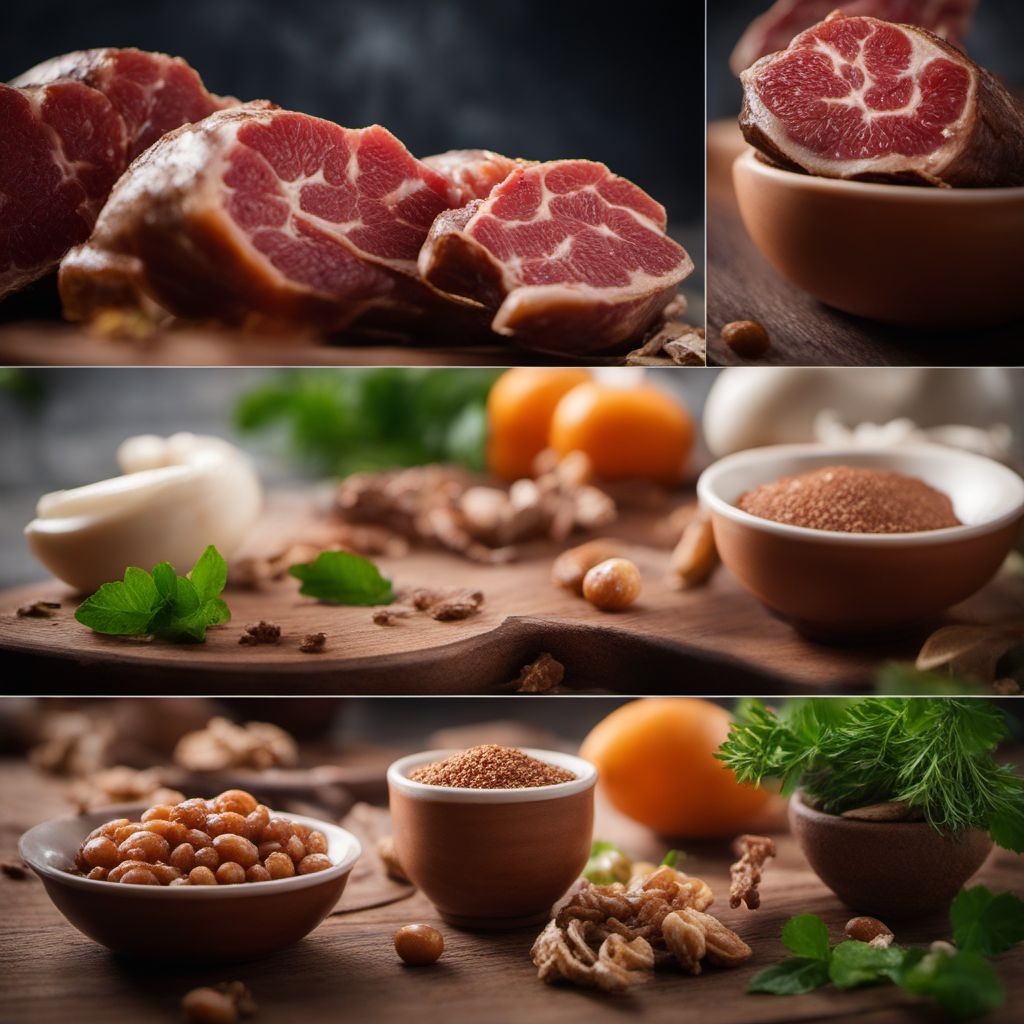
Ingredient
Wild boar carcase
Untamed Bounty: Wild Boar
The wild boar carcase provides a rich and gamey meat that is distinct in taste and texture. The meat is dark, lean, and often marbled with fat, resulting in a robust flavor and tender texture when cooked properly. It is highly sought after by adventurous food enthusiasts and professional chefs alike.
Origins and history
Wild boars have a long history of being hunted and consumed by humans. They are native to Europe, Asia, and North Africa, and have been a valuable food source for many cultures throughout history. Wild boar hunting was a popular activity among ancient civilizations, and the meat was highly prized for its nutritional value and unique taste. Today, wild boar carcases are still enjoyed in various cuisines around the world, particularly in regions where hunting is permitted and regulated.
Nutritional information
Wild boar meat is a good source of protein, essential vitamins, and minerals. It is leaner than domesticated pork, making it a healthier choice for those looking to reduce their fat intake. However, it is important to note that wild boar meat may contain higher levels of cholesterol and saturated fat compared to other meats.
Allergens
Wild boar meat does not typically pose allergenic risks. However, individuals with pork allergies or sensitivities may also react to wild boar meat. It is recommended to exercise caution and consult with a healthcare professional if there are concerns about potential allergens.
How to select
When selecting a wild boar carcase, it is crucial to ensure that it has been sourced from a reputable and regulated supplier. Look for wild boar meat that has been properly inspected and processed to meet food safety standards. Freshness is key, so check for signs of spoilage such as an unpleasant odor or slimy texture. Additionally, consider the specific cut of meat that suits your culinary needs, whether it's a roast, ribs, or ground meat.
Storage recommendations
To maintain the freshness and quality of wild boar meat, it is best to store it in the refrigerator at or below 40°F (4°C). If the meat is not going to be consumed within a few days, it can be frozen to extend its shelf life. Proper packaging, such as vacuum-sealing or wrapping in freezer-safe materials, is essential to prevent freezer burn and maintain optimal flavor and texture.
How to produce
Wild boars are wild animals and are not typically raised or produced by amateurs. They require specific habitats and conditions to thrive, making their cultivation challenging for individuals without the necessary expertise and resources.
Preparation tips
When preparing wild boar meat, it is important to keep in mind its unique characteristics. Due to its leanness, wild boar meat can easily dry out if overcooked. It is recommended to use moist cooking methods such as braising, stewing, or slow roasting to retain its tenderness and juiciness. Marinating the meat beforehand can also help enhance its flavor and tenderize it further. Wild boar meat pairs well with robust flavors and spices, making it a popular choice for hearty stews, sausages, and game meat charcuterie.
Culinary uses
Wild boar meat is highly valued in various culinary traditions around the world. It is commonly used in dishes such as wild boar ragu, sausages, terrines, and roasts. The rich and gamey flavor of wild boar meat adds depth and complexity to recipes, making it a favorite among adventurous eaters and chefs seeking unique ingredients.
Availability
Wild boar carcases are commonly available in regions where hunting is permitted and regulated. They can be found in specialty butcher shops, game meat suppliers, and some farmers markets. However, availability may vary depending on local regulations and cultural preferences.
More ingredients from this category » Browse all

Duck carcase
The Essence of Duck: Unveiling the Secrets of Duck Carcase

Ratites carcase
The Exotic Delicacy: Ratites Carcase Unveiled

Deer carcase
Venison: The Wild Delicacy

Goat carcase
The Wholesome Base

Bovine carcase
The Foundation of Flavor

Asses-mules-hinnies carcase
The Forgotten Meat

Sheep carcase
The Art of Lamb: Exploring the Versatility of Sheep Carcass

Turkey carcase
The Versatile Turkey Carcase

Goose carcase
The Flavorful Foundation

Horse carcase
The Noble Beast: Horse Meat

Pig carcase
Pig Carcase: A Versatile Ingredient

Rabbit carcase
The Art of Rabbit: Unlocking the Culinary Potential of Rabbit Carcass
Recipes using Wild boar carcase » Browse all
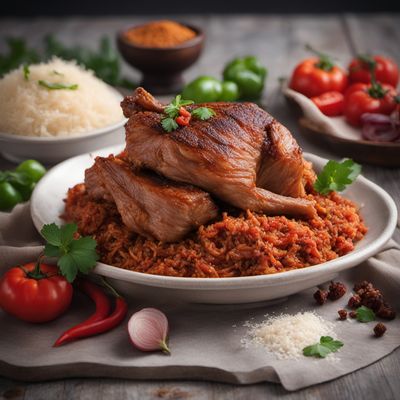
Homemade Lukanka Delight
Savory Bulgarian Lukanka: A Delightful Culinary Journey

Homemade Dutch Rookworst
Savory Smoked Sausage Delight
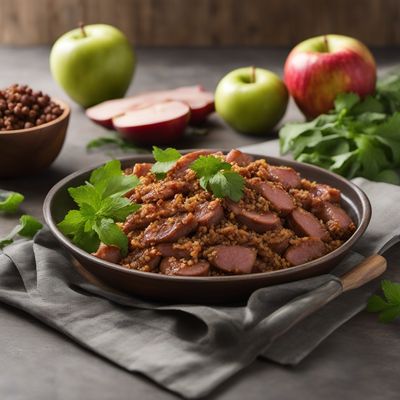
Pennsylvania Dutch-style Fermented Sausage
Amish-inspired Tangy Sausage Delight

Mogolla Chicharrona with a Twist
Savory Crunch: A Modern Take on Ecuadorian Mogolla Chicharrona

Homemade Dutch Metworst
Savory Delight: Homemade Dutch Metworst with a Twist
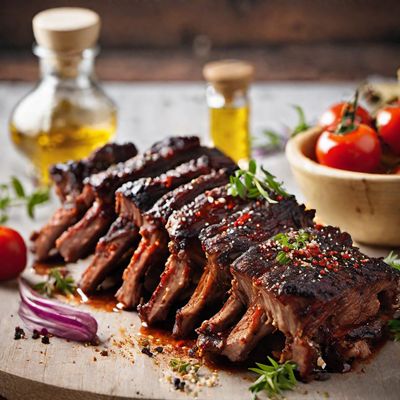
Barbecue Ribs
Tender and Flavorful Nouvelle Cuisine Barbecue Ribs

Homemade German Bockwurst Sausage
Savory Delight: Homemade German Bockwurst Sausage

Georgian Kupati Sausage
Spiced and Savory: Georgian Kupati Sausage Delight
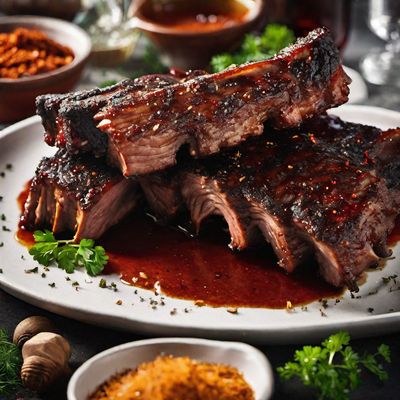
Haute Cuisine Barbecue Ribs
Elevated Smoky Ribs with a Gourmet Twist

Homemade Czech Jitrnice Sausage
Savory Delight: Authentic Czech Jitrnice Sausage Recipe
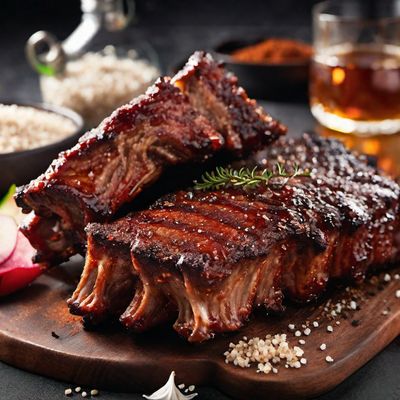
Molecular Gastronomy Barbecue Ribs
Sous Vide BBQ Ribs with Molecular Flair
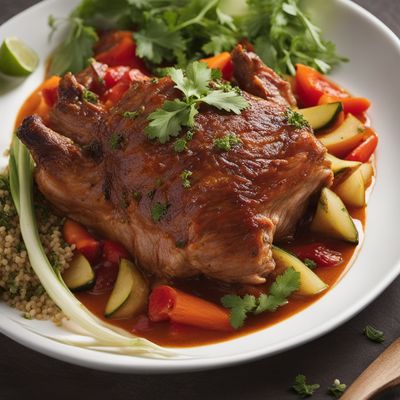
Stinco con Verdure Chiapaneco (Chiapas-style Braised Pork Shank with Vegetables)
Savory Delight: Chiapas-style Braised Pork Shank with Vibrant Vegetables